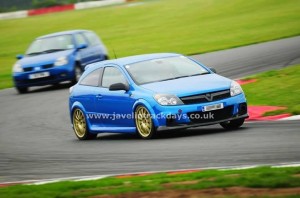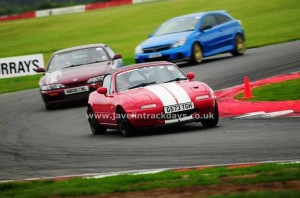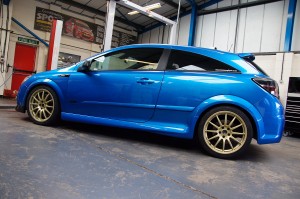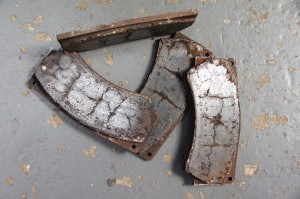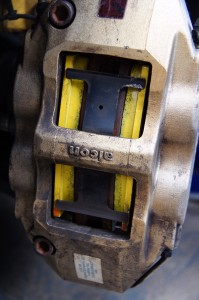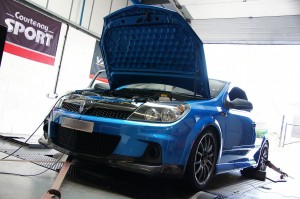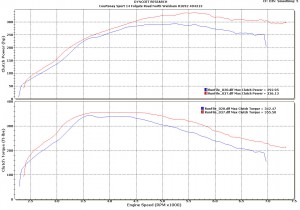For the next track day outing I have been sent a set of tyres to evaluate, and they arrived bright and early this morning.
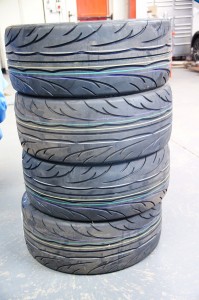
New Tyres
Whilst the name might be one that most people would be prepared to shy away from, the Nankang NS-2R is on the RAC MSA Blue Book Tyre List 1B, which is the RAC MSA approved list for Sports/Uprated tyres suitable for competition. These are the 180 Treadwear tyre and at a respectable £108 a corner they are worthy of consideration.
I had a similar experience with some Hankook RS-2 tyres – again an RAC MSA List 1B tyre, an excellent dry weather tyre (more grip than the ‘average’ road tyre), and great in the wet – very progressive. Sadly they are no longer produced and they were not sold in huge numbers, mainly I suspect down to people being unsure of the name. However now Hankook are now OE to several respectable vehicle manufacturers.
Not expecting them to be as sticky as a cut-slick type of tyre, but if they prove to be a good track day tyre covering dry and wet conditions, similar to other tyres of this type then they will be well worth the money.
Specification:
UHP tyre with two grip level options for Fast Road/Track Day (Treadwear 180) or Sprint Use (Treadwear 120). Exceptional high-speed stability and wet weather performance plus cornering precision and grip. Used as the control tyre in the 2014 Fun Cup series.
The three main circumferential grooves on central tread can improve drainage efficiency and wet handling performance.
Unique groove wall angle design can prevent excessive stress massing to restrain irregular treadwear effectively.
Continuous tread shoulder design can improve tire stiffness and ensure cornering grip.
Optimized tread width design (contact patch wider 13% than regular tire design) improved stability while driving at high speed.
Large block design on tread shoulder upgrade stiffness and cornering handling performance.
RAC MSA Permitted Tyres List 1B:

RAC MSA Blue Book Section L Tyres 2014
Direct Link to the 2015 file on the RAC MSA website www.msauk.org
192_202_Common_Regulations_for_Permitted_Tyres_(L).pdf
For Further reference RAC MSA 2014 Blue Book >>> RAC MSA 2014 Blue Book <<<
Like this:
Like Loading...
